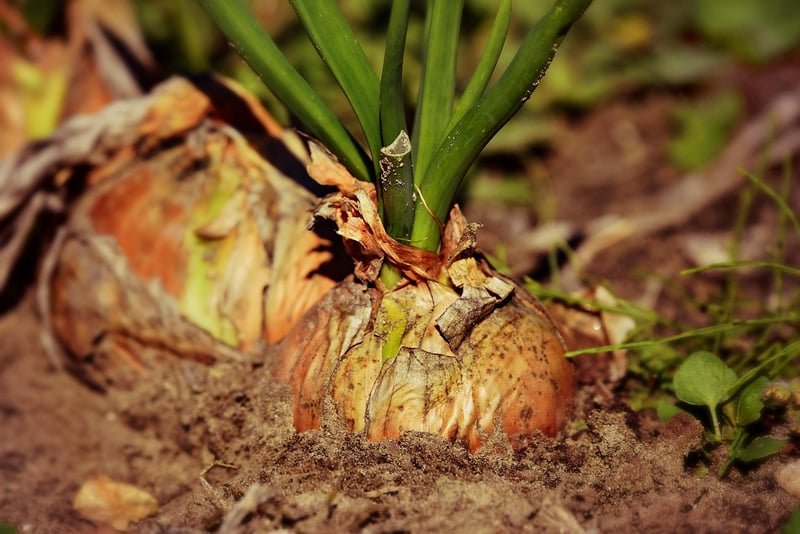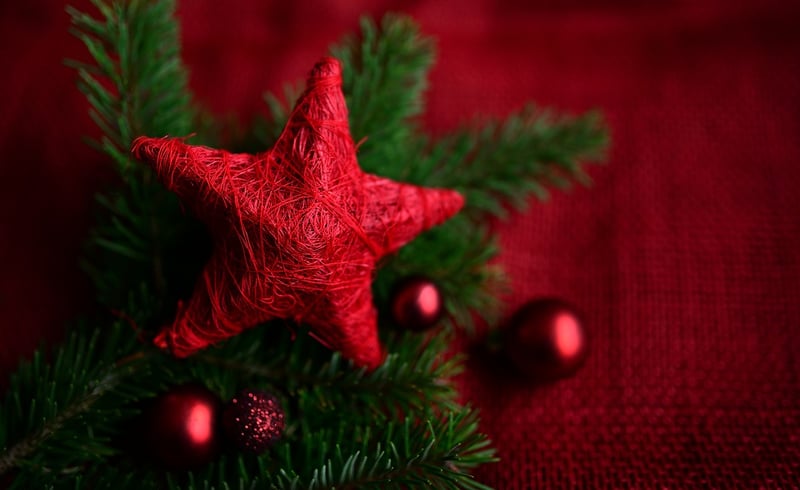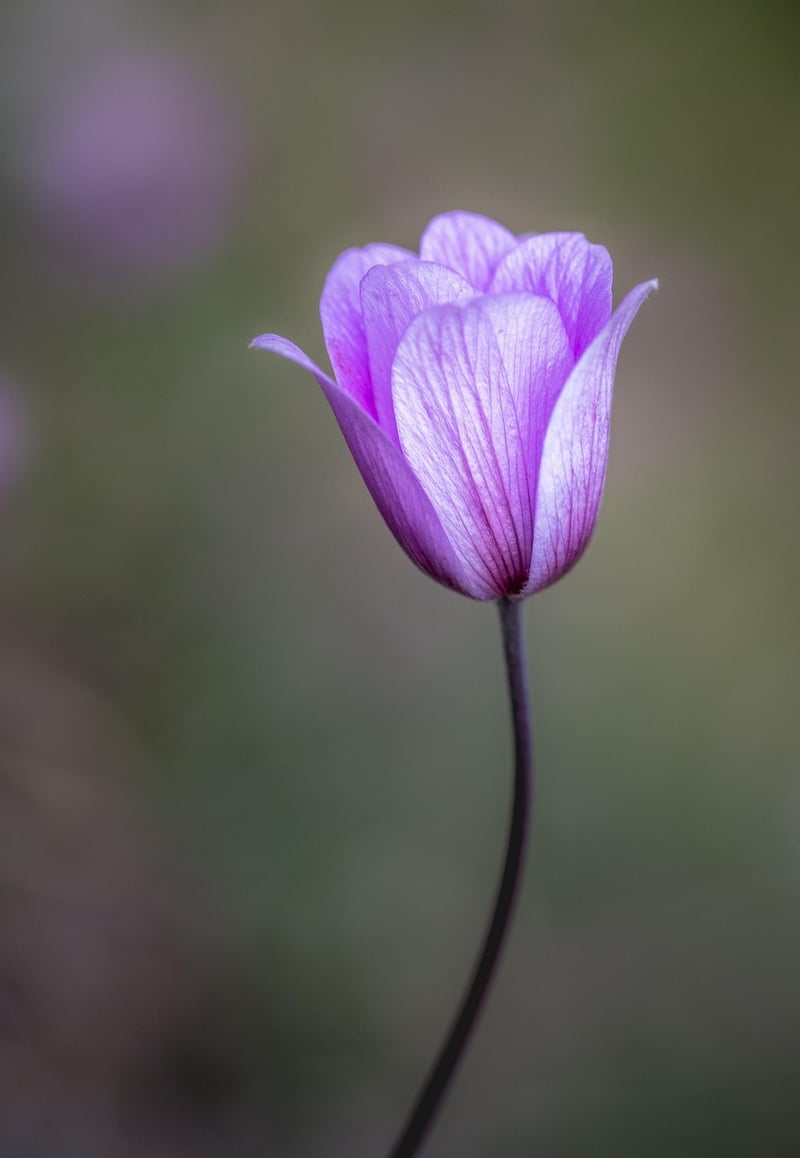Mythical Plant Origins
Exploring the History of Magical Plants
Introduction
Plants have always held a special place in human culture, from their medicinal properties to their symbolic meanings. Among the vast array of plants on Earth, some have been associated with magical properties and myths throughout history. Let's delve into the intriguing world of magical plants and uncover their mystical origins.
1. Mandrake

Mandrake, known for its forked root resembling a human figure, has long been linked to folklore and magic. In ancient times, it was believed to possess powerful aphrodisiac and fertility properties. According to legend, mandrake would scream when uprooted, causing harm to those who heard it.
2. Mistletoe

Mistletoe is often associated with love and fertility rituals. In Celtic tradition, it was seen as a symbol of peace and used in ceremonies to promote harmony. The custom of kissing under mistletoe during the holiday season has its roots in ancient beliefs of fertility and protection.
3. Mandragora

Mandragora, another plant with mystical properties, was thought to have the ability to induce visions and prophetic dreams. In folklore, it was associated with witchcraft and used in potions and spells. The plant's anthropomorphic root added to its mystique.
Mythical Plant Origins
Many mythical plants have fascinating origins tied to ancient stories and beliefs. From the Greek mythology of Persephone and the pomegranate seeds to the Norse legend of mistletoe and the death of Baldur, plants have played a significant role in shaping cultural narratives.
Conclusion
Magical plants have captured human imagination for centuries, blending nature with mysticism and folklore. Exploring the history and mythical origins of these plants offers a glimpse into the rich tapestry of human culture and beliefs.
Discover the enchanting world of magical plants and let their stories inspire wonder and curiosity in your own journey through the natural world.
